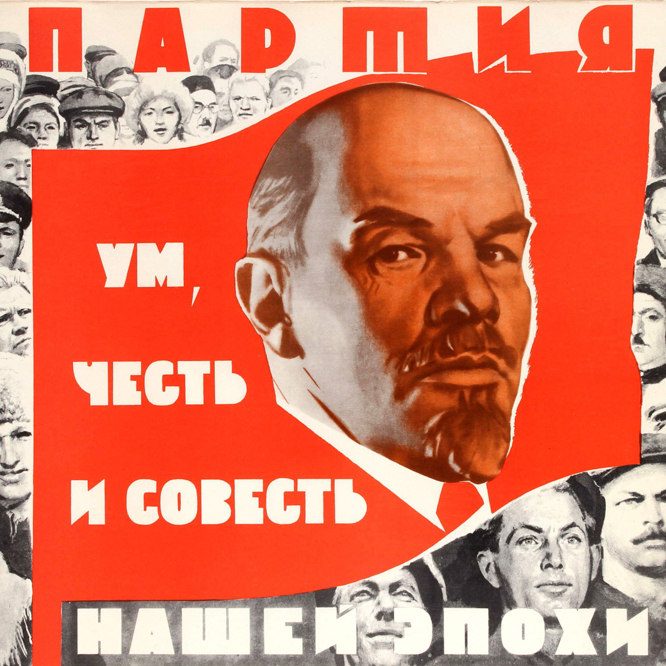The story of the American Expeditionary Force to northern Russia beggars belief. Nearly 5,000 “doughboys,” mostly Michiganders, landed in Archangel, Russia, in September 1918, in the midst of post-revolutionary chaos. On paper, the American troops, under British command alongside French, British, and White Russian comrades, had been sent to protect Allied supplies stored in Russia’s northern ports from the Germans; in reality, they fought the “Bolos”—British slang for the Bolshevik troops—as they advanced inland, seeking to connect with other White armies. More than 200 were killed, largely in combat but also from disease and exposure.
Fortunately, Ernest Shackleton had given lectures to the G.I.’s on surviving the bitter cold before they departed from England for Russia. Unfortunately, the leather Shackleton Boots they received, designed by the legendary explorer himself, were “fine for standing still on guard duty but they slipped like skis when walking,” writes veteran journalist Barnes Carr, who attempts to forge this astounding episode, together with the hazy details of the 1918 “Lockhart Plot”—slipshod scheming by British, French, and (less so) American agents against the Bolshevik regime—into a cohesive whole in The Lenin Plot: The Untold Story of America’s Midnight War Against Russia.
On paper, the nearly 5,000 “doughboys,” mostly Michiganders, landed in Archangel, Russia, to protect Allied supplies; in reality, they fought the Bolsheviks. More than 200 were killed.
Ultimately, Carr is unconvincing in his argument that there was, in fact, a concerted “Lenin Plot” directed by the Wilson administration to overthrow the Bolsheviks through both subterfuge and invasion. If there had been such a deliberate plot, why did Wilson engage in conspicuous hand-wringing over the decision and order U.S. troops not to engage in offensive operations? Instead, Carr appears to use the forced “Lenin Plot” construct to spin flailing Allied activity in 1917–19 Russia into an American-centric tale. One can’t help but think that he’s doing so to appeal to an American readership.

That said, Carr is a first-rate raconteur, and his character portraits shine. Xenophon Kalamatiano is a Russian-American collegiate track star who runs an intelligence ring in Russia for the U.S. Embassy and is caught when the Cheka (a precursor to the K.G.B.) discovers ciphers hidden inside his cane during questioning. Felix Dzerzhinsky, the steely and ascetic founder of the Cheka (whose contemporary admirers include Vladimir Putin), executes 1,500 prisoners when he incorrectly interprets a note Lenin passes him in a meeting. (“The cross on the note was Lenin’s way of confirming that he had understood Dzerzhinsky’s information. Felix thought it was an execution order.”) W. Somerset Maugham even makes a cameo; the British government sent him to Russia in 1917 to “gather intelligence, and financially assist the Mensheviks.”
Ultimately, the Lockhart Plot was more Quiet American than From Russia with Love. British and French agents conspired with Latvian riflemen fighting for the Bolsheviks to overthrow Lenin and Trotsky in a coup, oblivious to the fact that the Latvians were informing the Cheka, who rolled up the operation.
And the military intervention in northern Russia ended in failure as well. There were too few troops to make a difference in the cacophonous swirl of post-revolutionary Russia, and the mission itself was muddled from the start—the Reds had already taken the supplies the Allies were meant to guard from the Germans, World War I came to a close, and the fighting against the Bolsheviks lacked a strategy or endgame. The American troops mutinied, Trotsky’s Red Army won the day, and the Americans retreated in June 1919. As George Kennan put it, the “military involvement on Russian soil … could not, in the circumstances, have been more confused, more futile, or more misleading.” Ironically, perhaps more of a coherent “plot” by Wilson and the Allies was exactly what was needed.
Theodore Bunzel has worked at the U.S. Embassy in Moscow and at the U.S. Treasury. He lives in New York City

